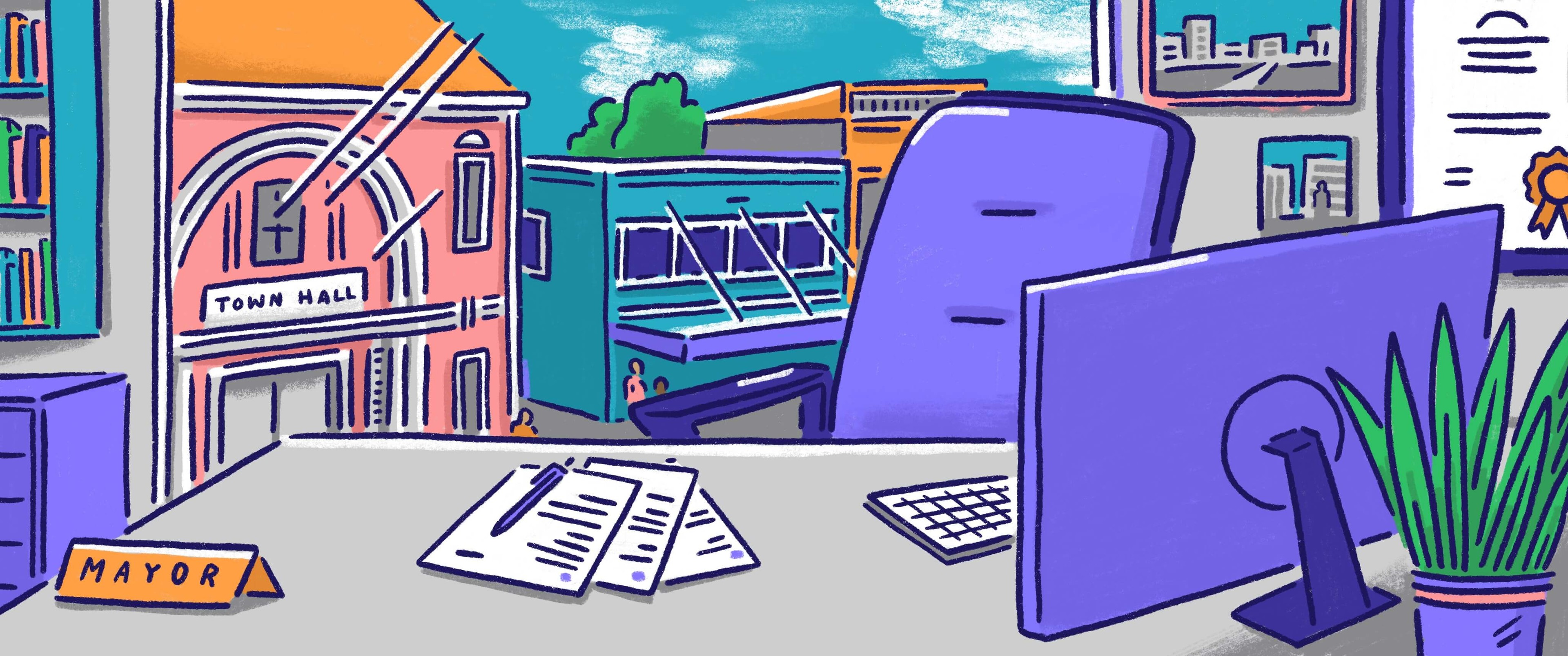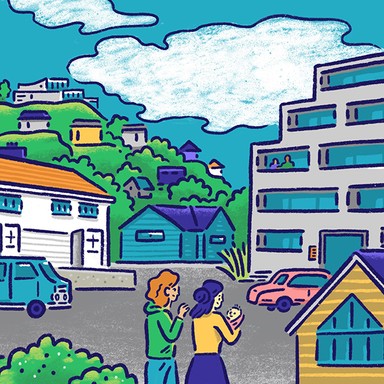
Mayor of Hamilton

Climate change and resilience
Climate change poses a huge challenge for communities as more frequent extreme weather events require us to rethink how we live and where. Local authorities are at the forefront of efforts to respond, with responsibilities for environmental planning and regulation, as well as civil defence. Many councils have plans to reduce emissions in their area and are working to help their communities adapt to a warming world.

Climate change and resilience
Climate change poses a huge challenge for communities as more frequent extreme weather events require us to rethink how we live and where. Local authorities are at the forefront of efforts to respond, with responsibilities for environmental planning and regulation, as well as civil defence. Many councils have plans to reduce emissions in their area and are working to help their communities adapt to a warming world.
Create more safe opportunities to walk, cycle, scoot, car-share or use passenger transport.
Create more walkable communities, using the 10 minute neighbourhood planning, to reduce short car trips that are not necessary.
Implement the Long Term Plan commitments to restore gullies and move from 2% to 10% native vegetation.
Work with Waikato Regional Council to increase number and frequency of buses running on main school routes at start/finish times to reduce congestion and emissions.
Review Council operations to ensure Hamilton City Council is doing its part, eg phasing out of petrol vehicles in fleet and replacing with electric/hybrid.
Upgrade and maintain ageing stormwater infrastructure to reduce flash flooding during weather events.
Encourage adoption of electric vehicles in Hamilton by leading by example. I ride an e-motorbike.
Widen footpaths on busy roads to make cycling, walking and use of scooters and other micro-mobility devices easier.
Commit to a carbon emissions target policy to be carbon neutral by 2025. Greenbelt areas to absorb carbon emissions around the city are important.
Mitigate climate change – put in place stop banks making buildings earthquake proof. Encourage micro-transportation by cycling, walking, bussing.
Focus on police, ambulance, fire-brigade – practical hands-on rescue workers and trained labourers to deal with accidents, flooding, fires.
Enhance flow so you have more go, through more intelligently managed traffic lights and minimising speed bumps to keep you moving.
Increase efficiency both Hamilton and Council wide, leading to lower costs both monetarily and environmentally.
Create more safe opportunities to walk, cycle, scoot, car-share or use passenger transport.
Create more walkable communities, using the 10 minute neighbourhood planning, to reduce short car trips that are not necessary.
Implement the Long Term Plan commitments to restore gullies and move from 2% to 10% native vegetation.
Work with Waikato Regional Council to increase number and frequency of buses running on main school routes at start/finish times to reduce congestion and emissions.
Review Council operations to ensure Hamilton City Council is doing its part, eg phasing out of petrol vehicles in fleet and replacing with electric/hybrid.
Upgrade and maintain ageing stormwater infrastructure to reduce flash flooding during weather events.
Encourage adoption of electric vehicles in Hamilton by leading by example. I ride an e-motorbike.
Widen footpaths on busy roads to make cycling, walking and use of scooters and other micro-mobility devices easier.
Commit to a carbon emissions target policy to be carbon neutral by 2025. Greenbelt areas to absorb carbon emissions around the city are important.
Mitigate climate change – put in place stop banks making buildings earthquake proof. Encourage micro-transportation by cycling, walking, bussing.
Focus on police, ambulance, fire-brigade – practical hands-on rescue workers and trained labourers to deal with accidents, flooding, fires.
Enhance flow so you have more go, through more intelligently managed traffic lights and minimising speed bumps to keep you moving.
Increase efficiency both Hamilton and Council wide, leading to lower costs both monetarily and environmentally.
Mayor
Compare the mayoral candidates in your area
Local council
Compare the candidates for your city or district council
Regional council
Compare the candidates for your regional council
Local board
Compare the candidates for your local or community board







